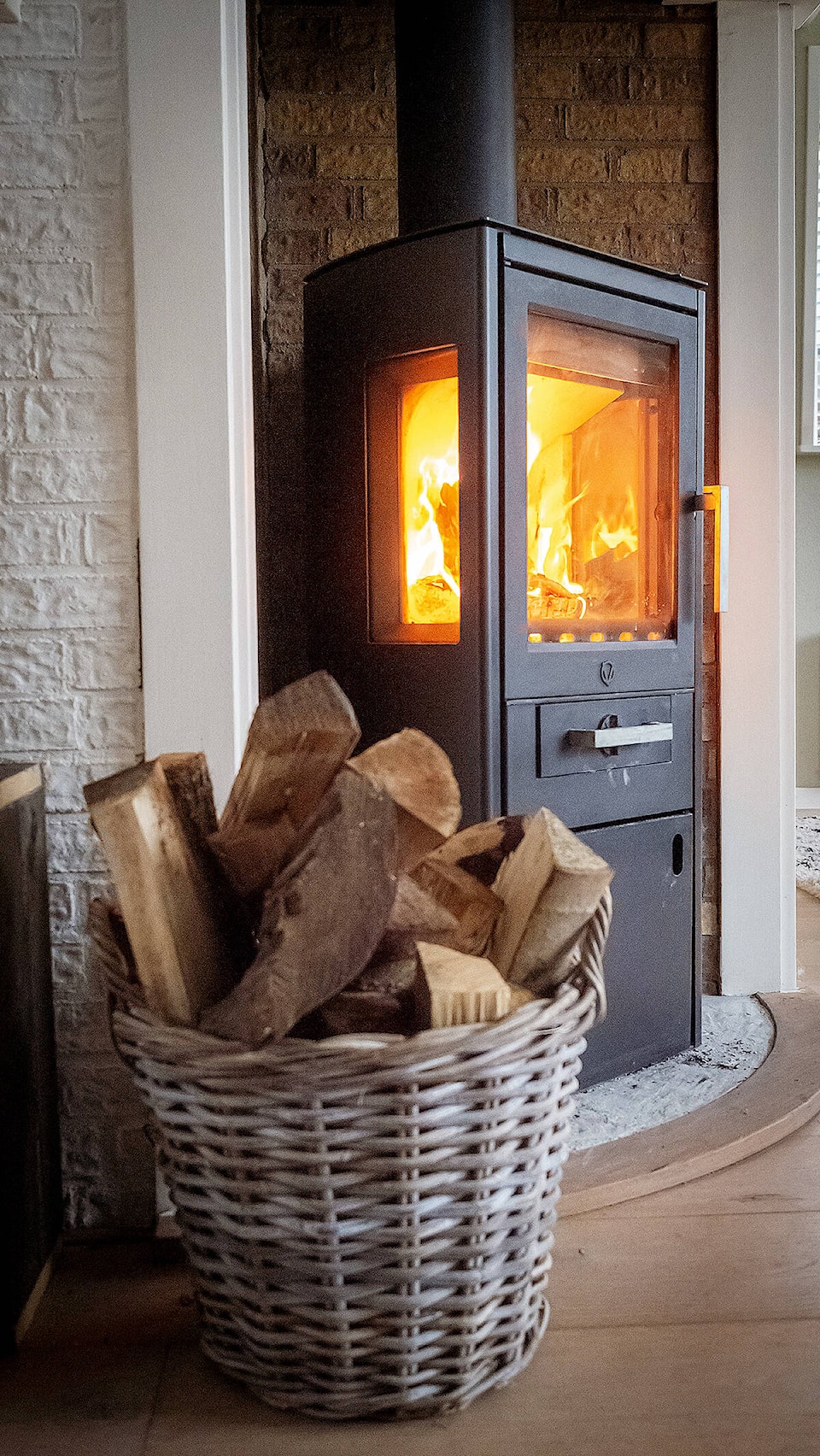There’s nothing quite like a cozy cabin in the forest with a glowing fire crackling in the woodstove.
The ambience of such an idyllic scene, though, belies the reality for many people. Wood heat is still a major player in many areas of B.C.
There are many reasons for this, so without getting into them all, let’s just say a lot of it is economic, so as a significant source of heating, that is not going to change any time soon.
There are also arguments about the relative impact of wood burning vis a vis climate change.
Also, without getting into any of that, there is one impact that we have all seen, smelled and/or felt.
Residential wood stoves, of course, are not the only (and possibly not even the primary) cause of the sometimes poor air quality we experience.
But they are a contributor and one that individual users can mitigate even with their existing stoves.
The top tips for reducing the harmful emissions from wood stoves are pretty simple.
1. Burn dry wood. Logs with a moisture content of less than 20 per cent burn more efficiently.
2. Use smokeless fuel. If your stove is capable of burning multiple fuels, this may be an alternative.
3. Burn with a flame. Burning wood without a visible flame is bad both for the air and for your stove.
4. Keep your stove clean and well-maintained. An optimally functioning stove is also an optimally clean burning stove.
When it comes to clearing the air, every little bit helps.
_______________
Like us on Facebook
